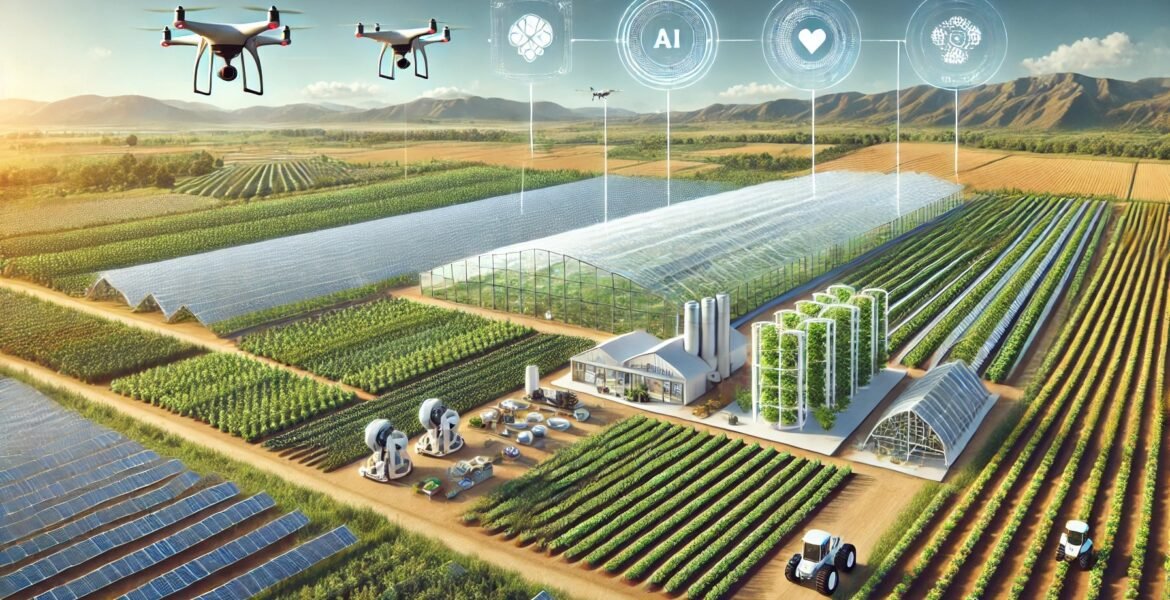Agriculture is the backbone of any economy, providing food, raw materials, and employmen optrtunities. With the growing global population and climate challenges, research and development (R&D) in agriculture have become crucial for sustainable growth. This article explores the significance of agricultural R&D, its key areas, and the future outlook.
Importance of Research and Development in Agriculture
- Enhancing Crop Productivity: Through scientific research, high-yielding and disease-resistant crop varieties are developed, leading to increased production and food security.
- Sustainable Farming Practices: R&D promotes eco-friendly techniques such as organic farming, integrated pest management, and precision agriculture, reducing the environmental impact.
- Climate Resilience: New technologies help farmers adapt to climate change by improving drought resistance, flood tolerance, and soil health management.
- Economic Growth: Innovation in agriculture leads to better yields, reducing production costs and increasing farmers’ income.
- Food Safety and Quality: Advanced research ensures safe food production, minimizing pesticide residues and improving post-harvest storage and processing.
Key Areas of Agricultural R&D
- Biotechnology and Genetic Engineering
- Development of genetically modified (GM) crops for higher yields and pest resistance.
- Improvement in seed technology for better germination and adaptability.
- Precision Agriculture
- Use of AI, drones, and IoT to monitor soil health and crop conditions.
- Smart irrigation systems to optimize water usage.
- Soil and Water Conservation
- Techniques to prevent soil erosion and enhance soil fertility.
- Efficient water management practices like rainwater harvesting and drip irrigation.
- Sustainable Pest and Disease Control
- Development of bio-pesticides and natural fertilizers.
- Early disease detection using satellite imagery and AI-driven analytics.
- Post-Harvest Technology
- Storage and packaging innovations to reduce food wastage.
- Value addition through food processing industries.
Future Trends in Agricultural R&D
- Vertical Farming & Hydroponics: Growing crops in controlled environments with minimal land and water usage.
- AI and Machine Learning: Predictive analytics for weather patterns, soil health, and pest outbreaks.
- Blockchain in Agriculture: Ensuring transparency in the supply chain and improving farmer-market linkages.
- Renewable Energy in Farming: Use of solar and wind energy for irrigation and processing units.
Conclusion
Investing in agricultural research and development is vital for addressing food security, environmental sustainability, and economic growth. Governments, private sectors, and research institutions must collaborate to drive innovations that benefit farmers and consumers alike. With continuous advancements, the future of agriculture looks promising, ensuring a healthier planet and prosperous farming communities.

